In 1884, Henry Royce started an electrical and mechanical business. He made his first car, a two-cylinder Royce 10, in his Manchester factory in 1904, and was introduced to Charles Rolls at the Midland Hotel in Manchester on 4 May of that year. Rolls was proprietor of an early motor car dealership, C.S.Rolls & Co. in Fulham.
In spite of his preference for three or four cylinder cars, Rolls was impressed with the Royce 10, and in a subsequent agreement of 23 December 1904 agreed to take all the cars Royce could make. There would be four models:
- a 10 hp (7.5 kW), two-cylinder model selling at £395 (£31,550 as of 2011),
- a 15 hp (11 kW) three-cylinder at £500 (£39,940 as of 2011),
- a 20 hp (15 kW) four-cylinder at £650 (£51,930 as of 2011),
- a 30 hp (22 kW) six-cylinder model priced at £890 (£71,100 as of 2011),
All would be badged as Rolls-Royces, and be sold exclusively by Rolls. The first Rolls-Royce car, the Rolls-Royce 10 hp, was unveiled at the Paris Salon in December 1904.
Rolls-Royce Limited was formed on 15 March 1906, by which time it was apparent that new premises were required for production of cars. After considering sites in Manchester, Coventry, Bradford and Leicester, it was an offer from Derby's council of cheap electricity that resulted in the decision to acquire a 12.7 acres (51,000 m2) site on the southern edge of that city. The new factory was largely designed by Royce, and production began in early 1908, with a formal opening on 9 July 1908 by Sir John Montagu. The investment in the new company required further capital to be raised, and on 6 December 1906 GBP 100,000 (£7,971,060 as of 2011), of new shares were offered to the public. In 1907, Rolls-Royce bought out C.S. Rolls & Co. (The non-motor car interests of Royce Ltd. continued to operate separately.)
During 1906 Royce had been developing an improved six cylinder model with more power than the 30hp. Initially designated the 40/50 hp, this was the company's first all-new model.In March 1908 Claude Johnson, Commercial Managing Director and sometimes described as the hyphen in Rolls-Royce, succeeded in persuading Royce and the other directors that Rolls-Royce should concentrate exclusively on the new model, and all the earlier models were duly discontinued. Later renamed the Silver Ghost, the new car was responsible for the company's early reputation with over 6,000 built. In 1921, the company opened a second factory in Springfield, Massachusetts in the United States (to help meet demand), where a further 1,701 "Springfield Ghosts" were built. This factory operated for 10 years, closing in 1931. Its chassis was used as a basis for the first British armoured car used in both world wars.
After the First World War, Rolls-Royce successfully avoided attempts to encourage the British car manufacturers to merge. Faced with falling sales of the Silver Ghost caused by the deteriorating economic situation, the company introduced the smaller, cheaper Twenty in 1922, effectively ending the one-model policy followed since 1908.
In 1931, the company acquired rival car maker Bentley, whose finances were unable to weather the Great Depression. From then until 2002, Bentley and Rolls-Royce cars were often identical apart from the radiator grille and minor details.
In 1933, the colour of the Rolls-Royce radiator monogram was changed from red to black because the red sometimes clashed with the coachwork colour selected by clients, and not as a mark of respect for the passing of Royce as is commonly stated.
Rolls-Royce and Bentley car production moved to Crewe in 1946, and also to Mulliner Park Ward, London, in 1959, as the company started to build bodies for its cars for the first time: previously it had built only the chassis, leaving the bodies to specialist coachbuilders. |


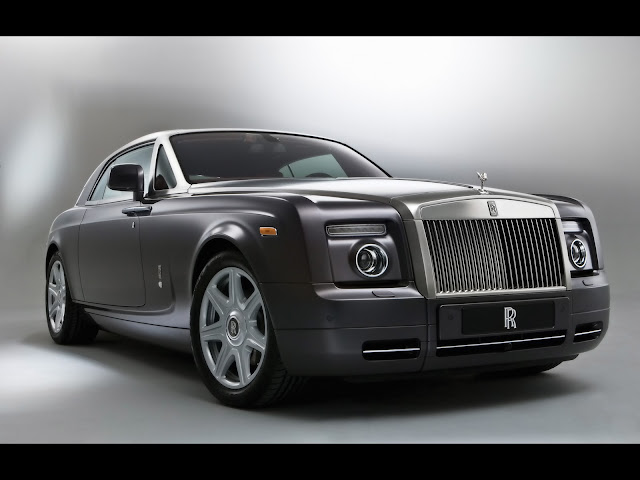



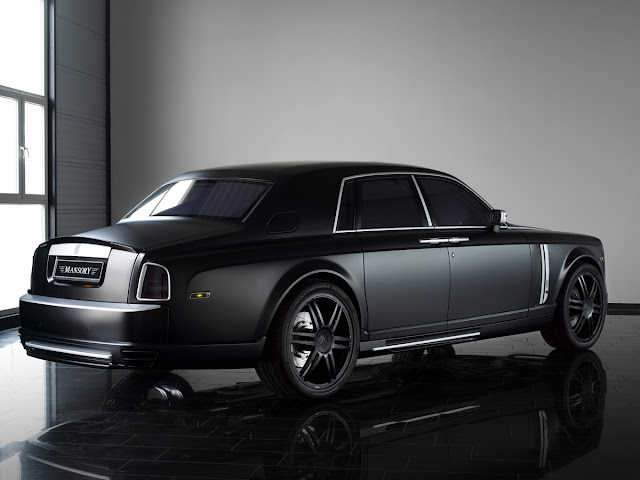















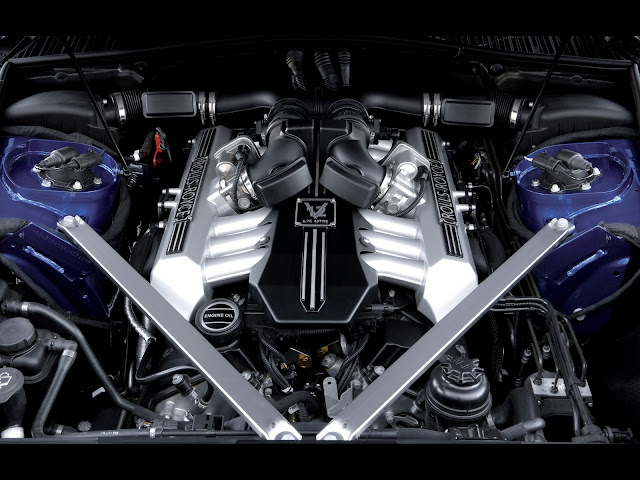














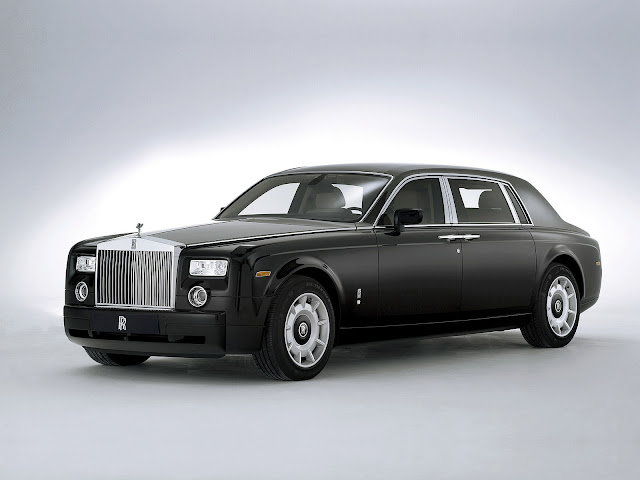
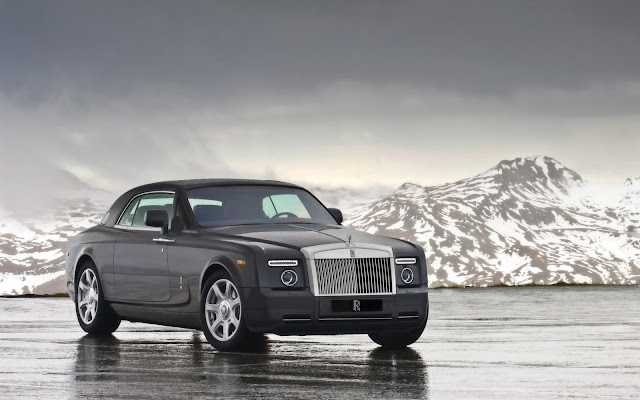







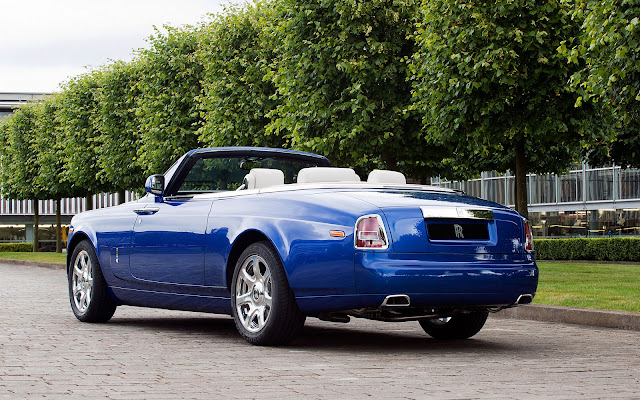




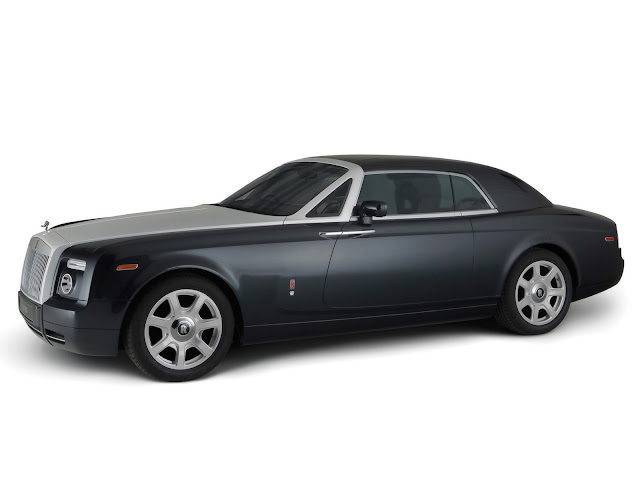




.jpg)













No comments:
Post a Comment